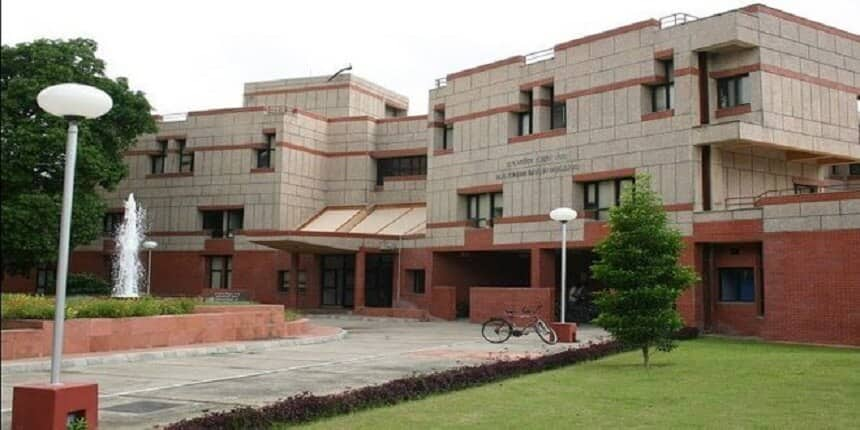ANRF launches PAIR programme to promote research in IITs, NITs, universities
Vagisha Kaushik | November 14, 2024 | 03:39 PM IST | 3 mins read
NIRF-ranked institutions and central, state universities are eligible, can propose research in sciences, engineering, social sciences.

NEW DELHI: The Anusandhan National Research Foundation (ANRF) has launched an initiative, Partnerships for Accelerated Innovation and Research (PAIR) programme, to promote research in Indian institutions. In its first phase, the programme will focus on universities which have demonstrated potential through national ranking and those which have promised to scale their research.
As per the eligibility criteria for phase 1, hub institutions within 25 National Institutional Ranking Framework (NIRF) overall rankings in the preceding two years and Institutions of National Importance within 26 to 50 NIRF ranking in the last two years are eligible.
The eligibility for spoke institutions has been segregated into the following categories:
Category I: Central universities and state public universities within
- 200 NIRF overall ranking
- 100 NIRF University ranking
- 100 NIRF state public university ranking,excluding those eligible as hubs
Category II: NITs and IIITs as per the list.
Category III: Any central or state public university that is not in the eligible list.
Additionally, there are conditions that a minimum of two state public universities is mandatory. To provide opportunity to universities which are not in the eligible list but have potential in some research areas, a hub can include any one such institute as spoke from Category III. Moreover, to ensure regional diversity, at least one spoke institution must be outside the state of the hub institution.
Funding for research
Each PAIR network should consist of a central hub institution and three to seven spoke institutions. The spoke institutions must engage multiple departments and faculty members. Only one proposal can be submitted by each hub institution, and an institution can participate as a spoke in only one network.
The Program Director (PD) from the hub institution will lead the collaborative effort, and mandatory Co-PIs from the hub institution will support the initiative. Each spoke institution must designate a Principal Investigator (PI) and at least one Co-PI. The network can also include national research laboratories as partners, but they will not receive budgetary support from the ANRF.
The funding support for each PAIR network will depend on factors such as the research theme, the number of spoke institutions, and the involvement of multiple departments and faculty members. The maximum funding amount for a PAIR network is capped at Rs 100 Crore. The budget distribution between the hub and spoke institutions will follow a 30:70 ratio, with the hub receiving 30% of the total budget and the spokes receiving 70%.
If a private institution serves as the hub, it is required to share 25% of its allocated budget with the spokes. Retired faculty or scientists from eligible hub institutions, who have expertise in the relevant research area, may serve as emeritus professors at the spoke institutions. This position will come with an honorarium of Rs 2 lakh per month and will support mentoring and guidance for the research activities. Each network can support up to 10 National Postdoctoral Fellows, with an emphasis on placing these fellows at the spoke institutions. Additionally, VAJRA/VAIBHAV fellows may be associated with the network to provide further mentorship and expertise.
Research themes
Research proposals can focus on a wide range of fields, including both basic and applied sciences, engineering, and interdisciplinary research that bridges science, engineering, and social sciences. Some indicative research areas are given below:
- Advanced Materials
- Photonics
- Advanced computation and mathematical modelling
- Green and sustainable chemistry
- Energy technologies
- Electronics and digital technologies
- Artificial Intelligence
- Smart Manufacturing
- Smart Infrastructure
- Sustainable Agriculture
- Health and Medical Technologies
- Molecular and Synthetic Biology
- Environmental Sustainability
- Quantitative Social Sciences
The main PAIR project proposal can consist of sub-projects to accommodate multiple faculties belonging to different departments.
Follow us for the latest education news on colleges and universities, admission, courses, exams, research, education policies, study abroad and more..
To get in touch, write to us at news@careers360.com.